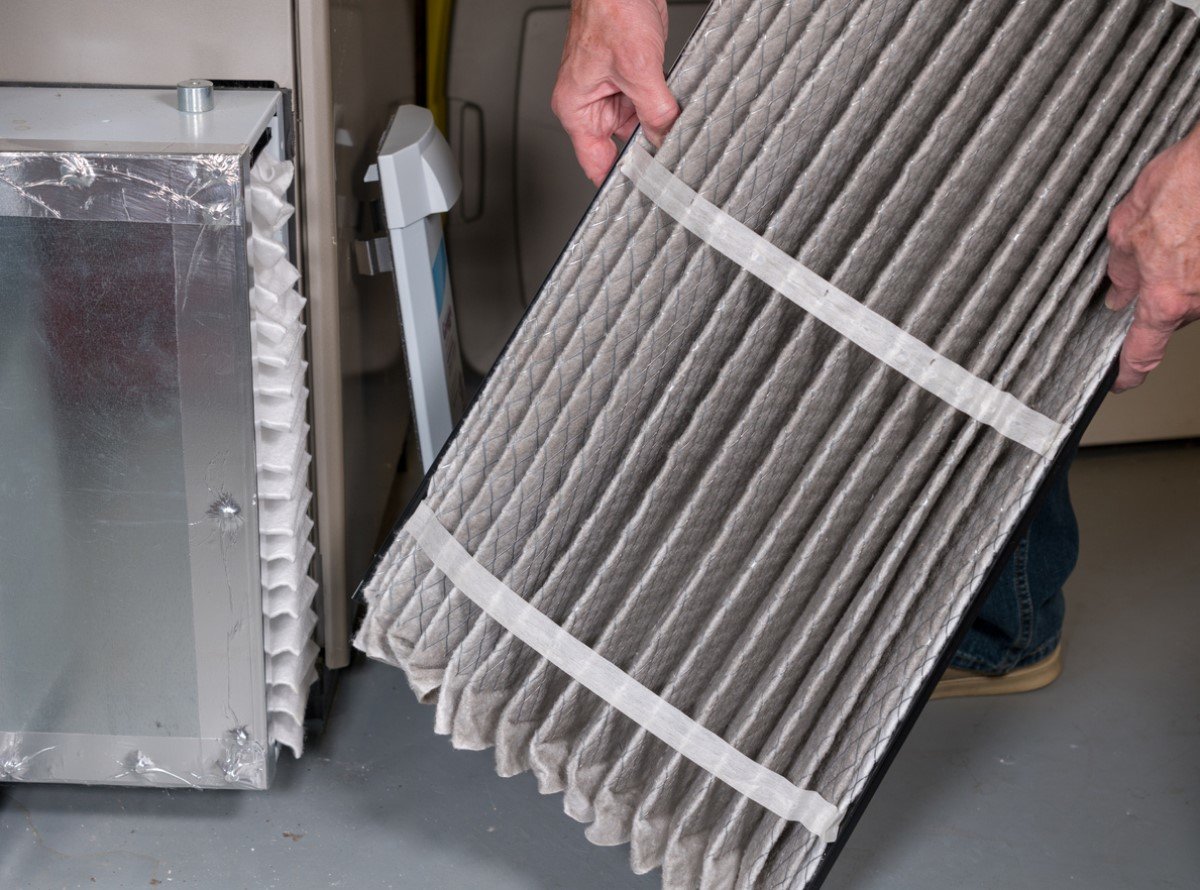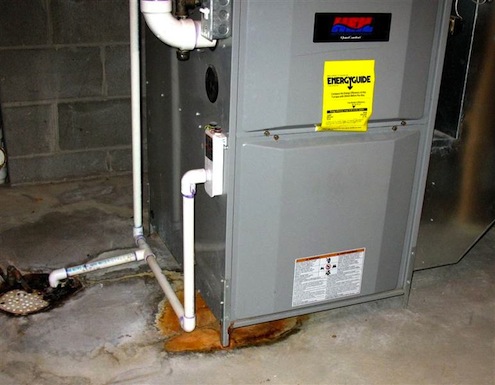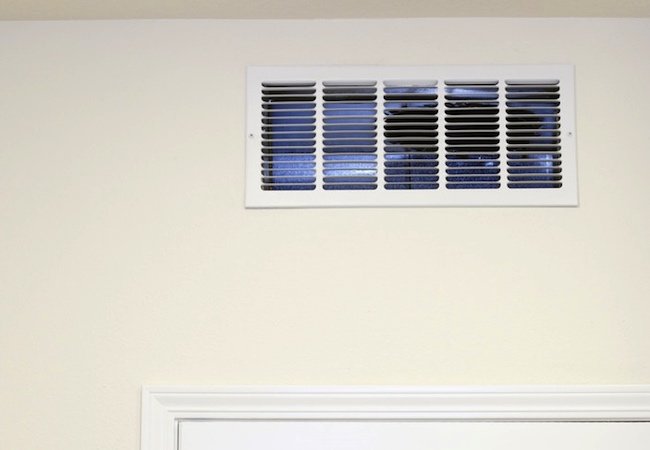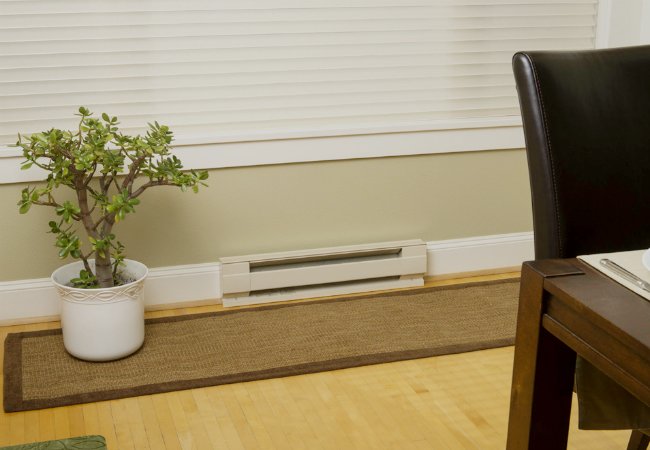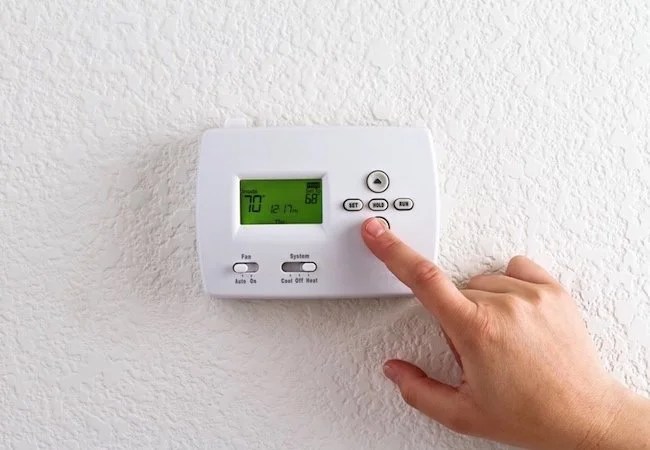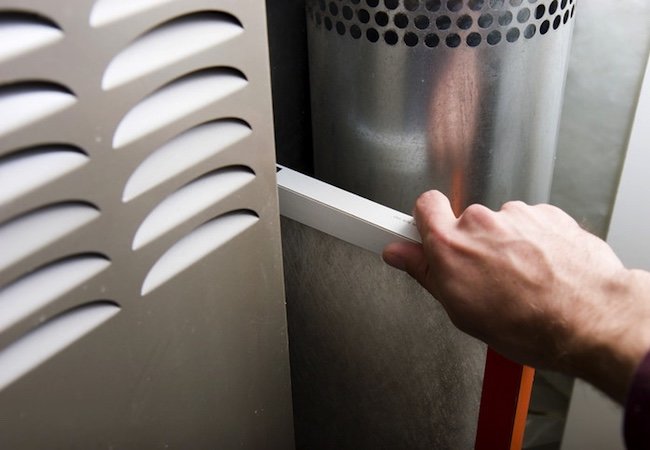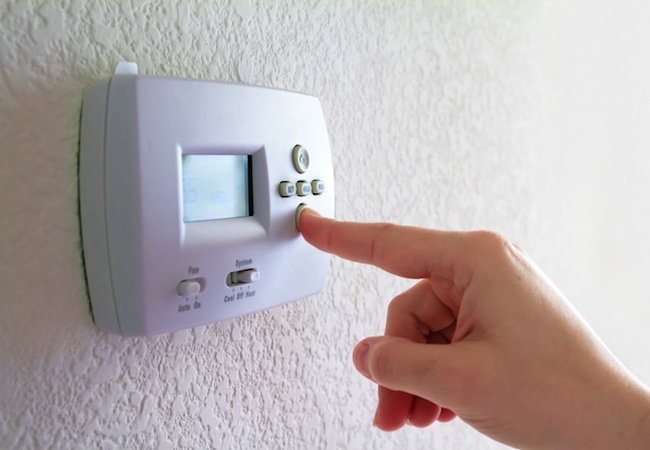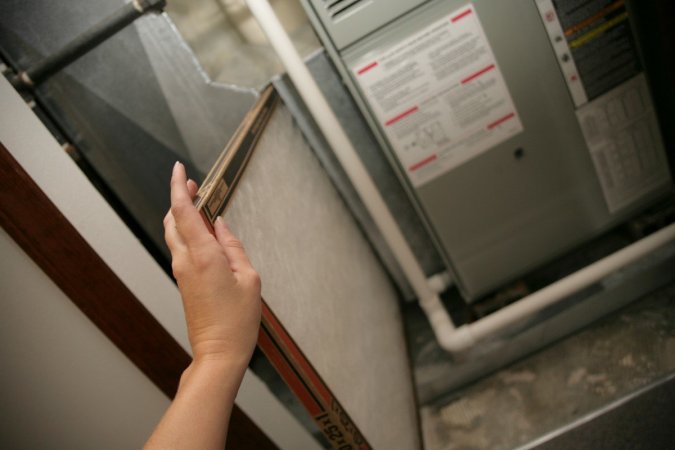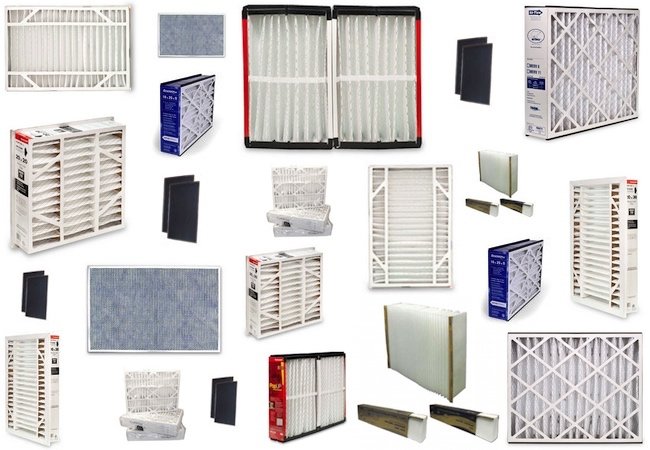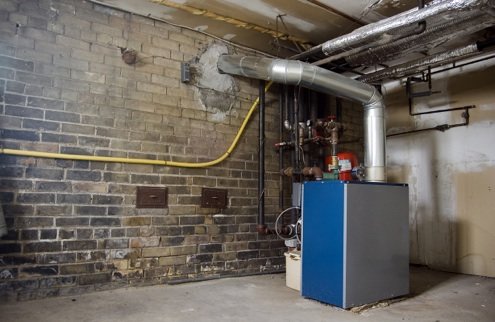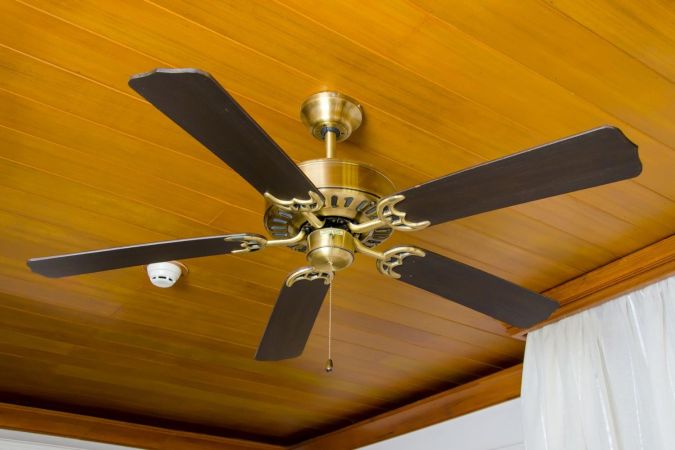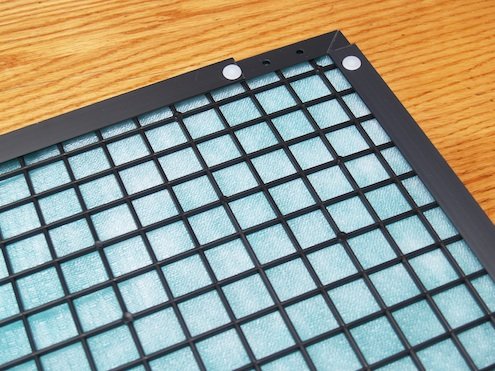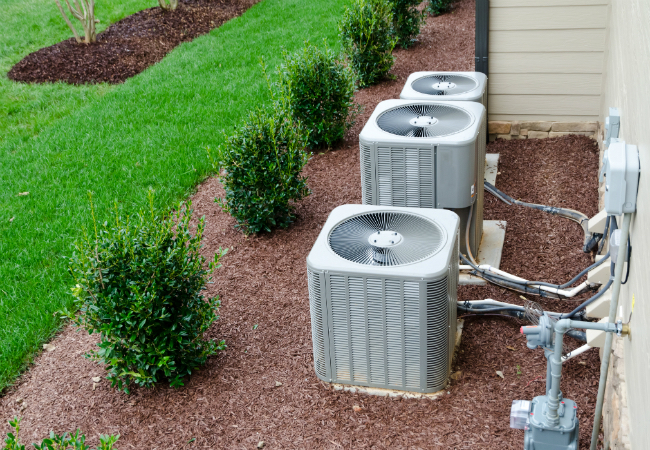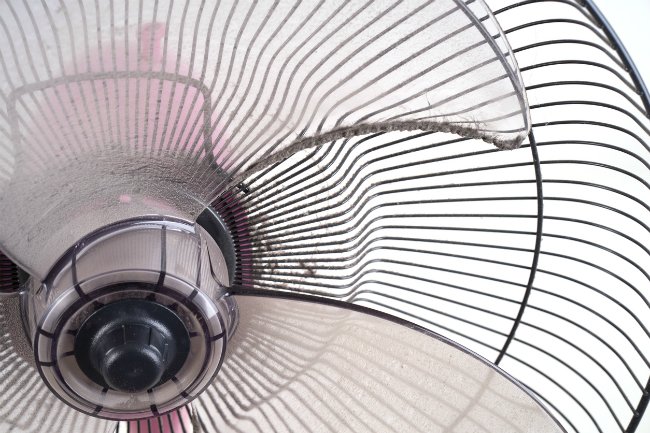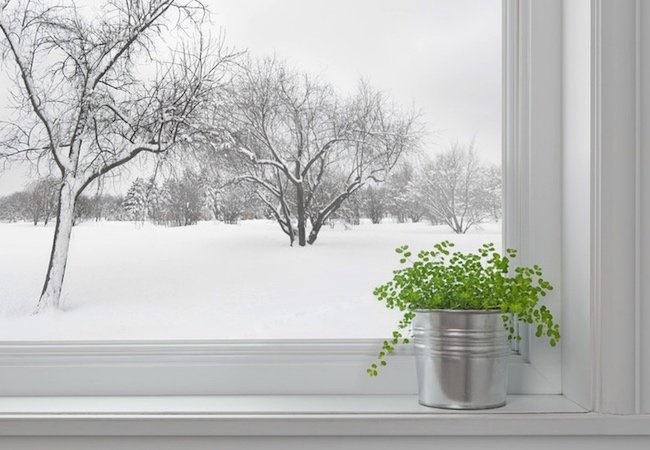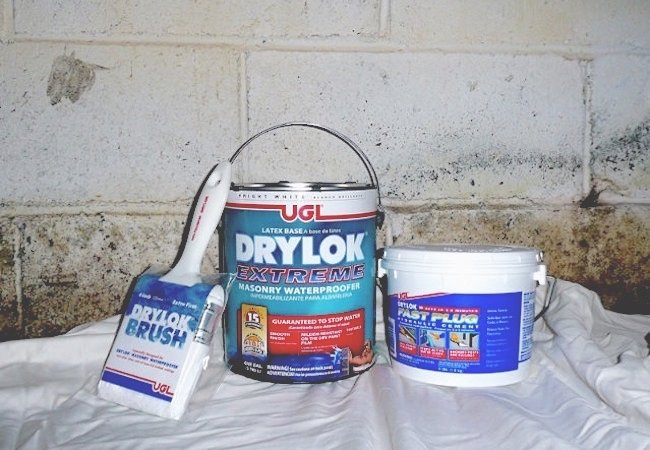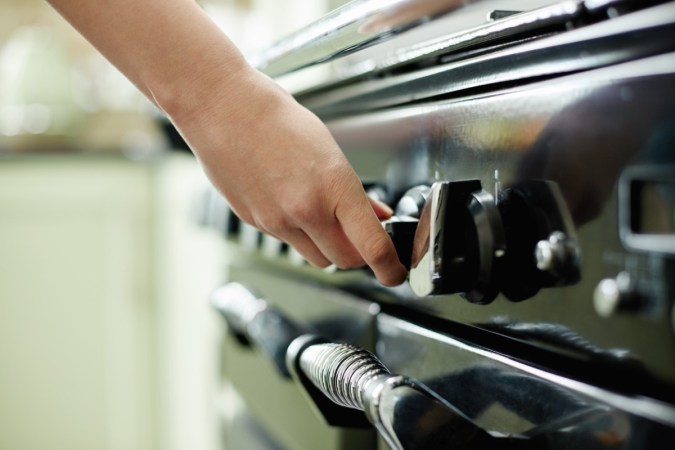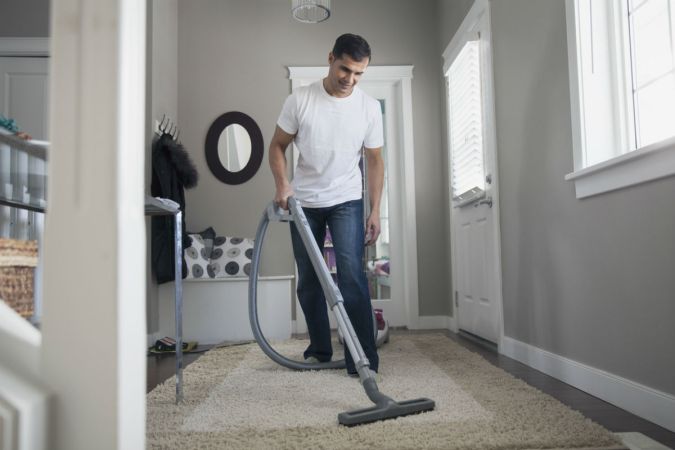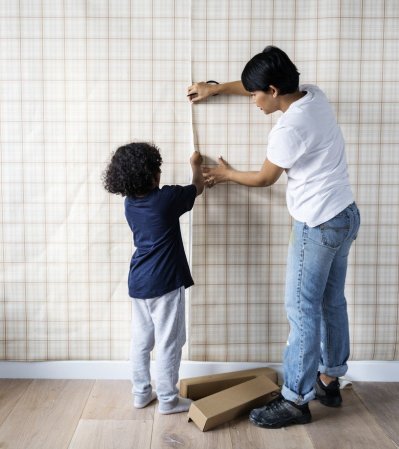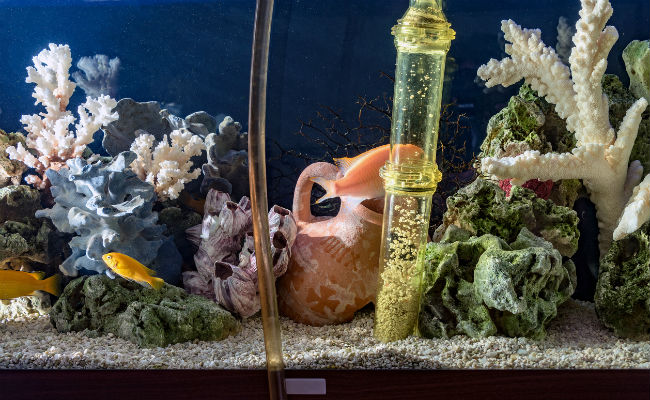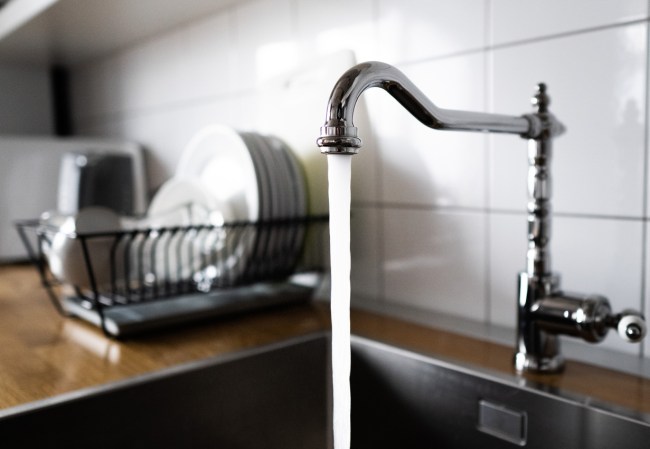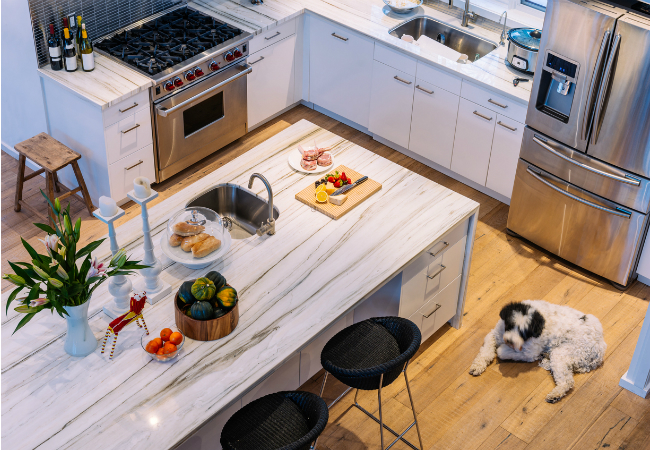We may earn revenue from the products available on this page and participate in affiliate programs. Learn More ›
Q: I turned on my furnace for the first time this year, and it made the whole house smell musty. I checked the filter and found it caked with dust, so I replaced it with a new filter, and the indoor air is much fresher now. Are there any guidelines for how often a furnace filter should be changed?
A: As you discovered, a clean furnace filter makes a big difference in air quality. What’s more, the fresher the filter, the more efficiently your HVAC system runs, resulting in lower energy bills. Filters are designed to trap dust and airborne particles as air is drawn through the filter and into the furnace system.
The general rule is to change a furnace filter—usually located behind a return-air vent or in a slot on the furnace itself—at least once every 90 days.
Depending on your lifestyle and the type of furnace filter you choose, you may want to swap it out more often. Several factors should be considered when deciding how often to change a furnace filter, and many filter manufacturers recommend how often their product should be replaced.
Look for clues that it’s time for a new filter.
No two homes are the same, so despite guidelines, you may need to change your furnace filter more often than your neighbor does. If your furniture gets dusty soon after housecleaning, the furnace filter could be clogged and is no longer effectively removing dust from the air. You may also notice that your furnace runs more than usual. Take a peek at the filter: If it’s gray and covered in dust and lint, it’s time to replace it.
Fortunately, changing the filter is easy.
It involves loosening the screws that hold the filter cover in place if it’s located behind a return-air vent or simply pulling the filter out from a slot if it’s on the side of the furnace. The old filter will be dirty, so have a large trash bag ready. Used furnace filters can be discarded along with your regular trash. Then, insert the replacement filter into the empty slot, and mark your calendar for the next switch.
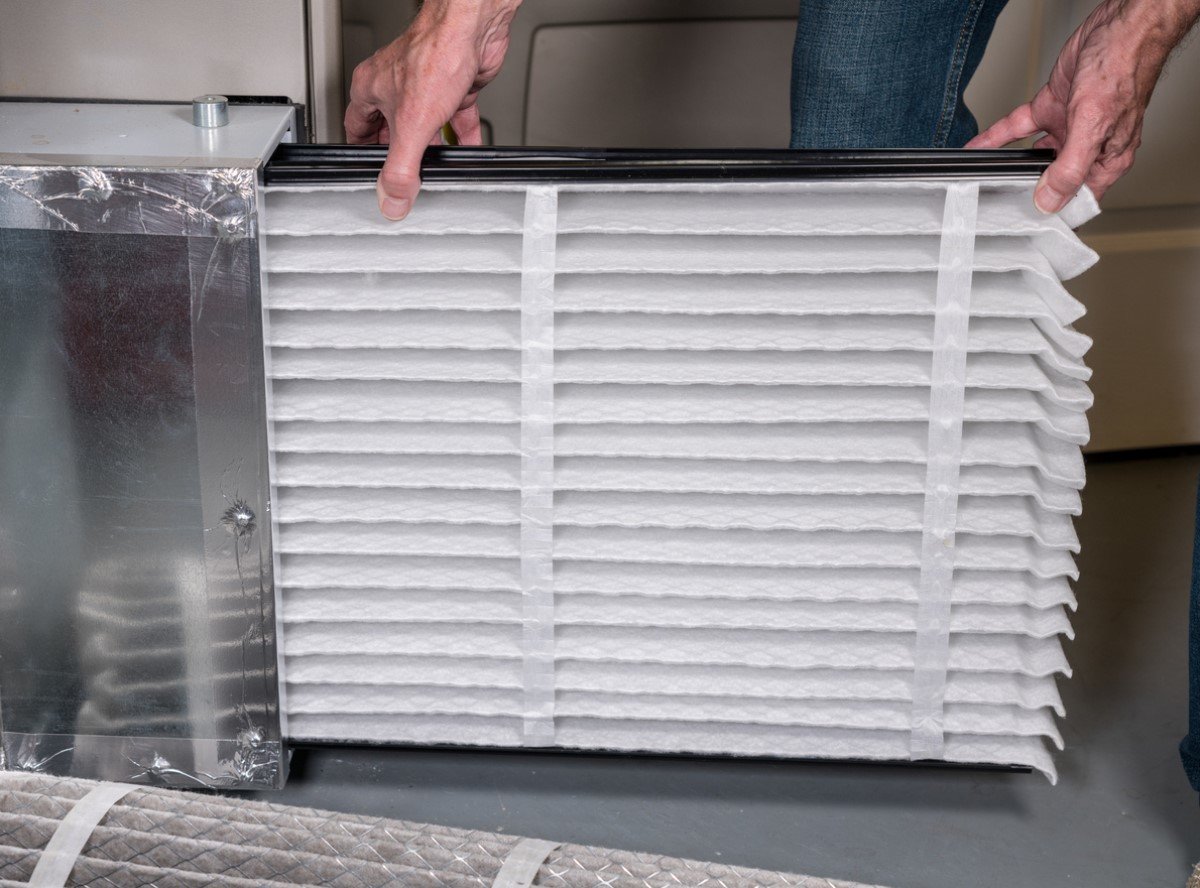
Replace the filter at least every time the seasons change.
Marking your calendar every 90 days or trying to remember the last time you changed the filter can be challenging, so many furnace manufacturers recommend replacement at the start of each new season. Yes, even in warm weather, when you’re likely to be using your air conditioner. A clean filter is necessary to keep dust from being sucked through the HVAC system, where it can gather on the air conditioner’s inner coils and reduce the unit’s efficiency.
Furnace use impacts how long a filter lasts.
If you live in a temperate region, such as the Southwest, you may only run your furnace a handful of times during winter, and the standard 90-day guideline might be perfect for you. Northern dwellers whose furnaces don’t get a break for months, however, may want to change their filter every 30 to 60 days, because more air is being drawn through the filter, and it will clog more quickly.
The denser the filter, the more often it should be changed.
Filters are given a minimum efficiency reporting value (MERV), which ranges from 1 to 16, although ratings of 6 through 12 are best for residential furnaces. Filters rated below 6 may not adequately block airborne particles, and filters with ratings higher than 12 are designed for specialized use, such as in hospitals.
The higher the MERV rating, the better the filter is at blocking airborne pollutants. In fact, filters with ratings of 11 or 12 will block not only dust and pet dander, but can also block some types of microscopic viruses and fumes. This is because higher-rated filters have smaller holes so fewer particulates can get through. Unfortunately, those smaller holes tend to clog more quickly than lower-rated filters with larger holes.
Clogged filters not only negatively impact the air quality in a home, but they also force the furnace to work harder to draw air into the system so they can shorten the useful life of the furnace. Your furnace’s owner’s manual will specify the best MERV rating for your furnace, and in general, filters with a MERV rating of 6 through 9 should be changed every 90 days, while those with a MERV rating of 10 through 12 should be changed every 60 days.
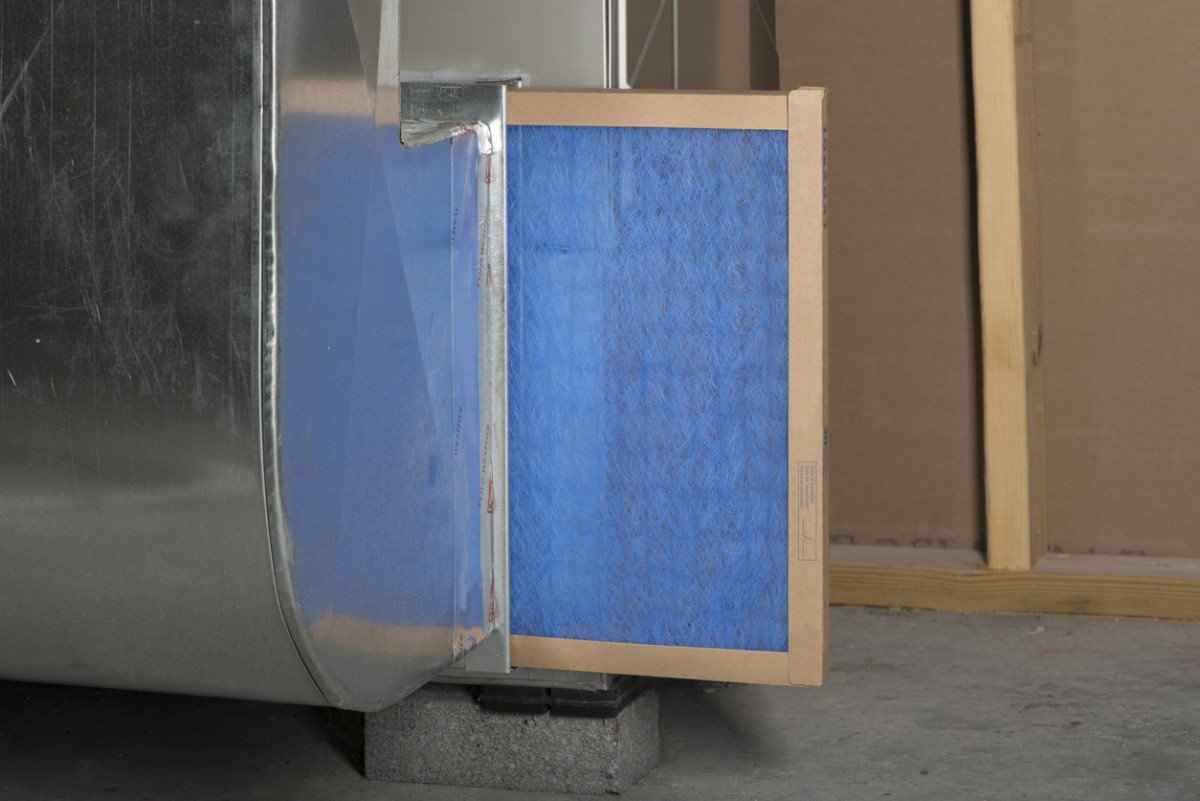
Flat filters clog more quickly than pleated ones.
Most furnace filters come in two types, flat and pleated. Flat filters may clog more quickly because they have less surface area than do pleated filters. The deeper the pleats, the more surface area a filter has and the more room it has to collect airborne particles, so it may not clog as quickly as a flat filter. A flat filter, such as the Flanders Front Panel Filter (available on Amazon), is designed to be changed every 30 days. Due to their pleats, filters such as the Honeywell Ultra Efficiency Filter (also available on Amazon), have more square inches of dust-trapping space, so they often require fewer changes—usually every 90 days.
Allergy sufferers will benefit from frequent filter changes.
In homes where a family member has dust and/or pet allergies, change the furnace filter frequently to ensure good air quality. Use a filter with a MERV rating of 12, such as the Nordic Pure Filter (available on Amazon), if your furnace can handle it. Because filters with higher MERV ratings are denser, your furnace must work harder to draw air through them and not all furnaces are powerful enough to do so. Consult the owner’s manual for your furnace to determine the correct MERV filter rating. As a general rule to keep allergy suffers as comfortable as possible, change the furnace filter every 30 to 60 days.
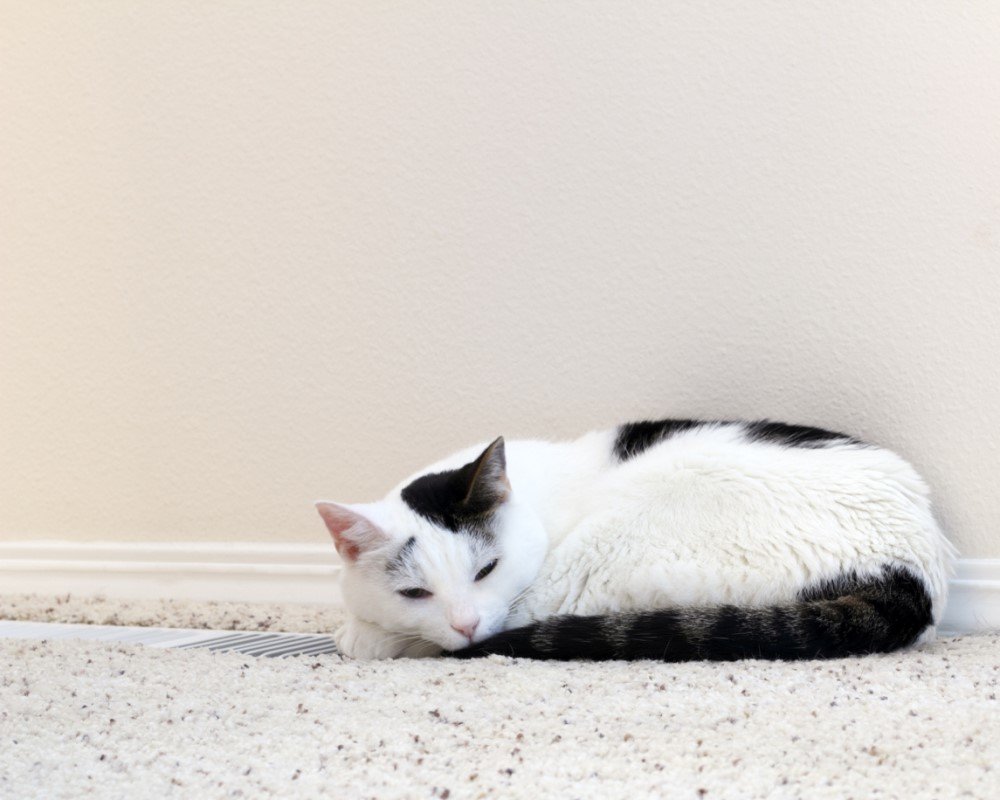
Frequent filter changes are recommended for homes with pets.
Our beloved furry friends play a vital role in our lives, but pet dander—tiny flecks of skin present in the fur and feathers of animals—can become airborne and clog the furnace filter. Long-haired pets will shed more than short-haired varieties, but all will contribute to pet dander in the air. Even if no one in the home is allergic, it’s wise to change your furnace filter frequently, as often as every 30 days if you have multiple pets, to keep the furnace functioning efficiently.
Remodeling projects play a role in filter duration.
All the sanding, scraping, and flooring installation involved with remodeling creates a lot of airborne dust and debris. During a remodeling project, change your furnace filter every 30 days, or even more frequently, to keep construction-related dust from circulating through the house.

